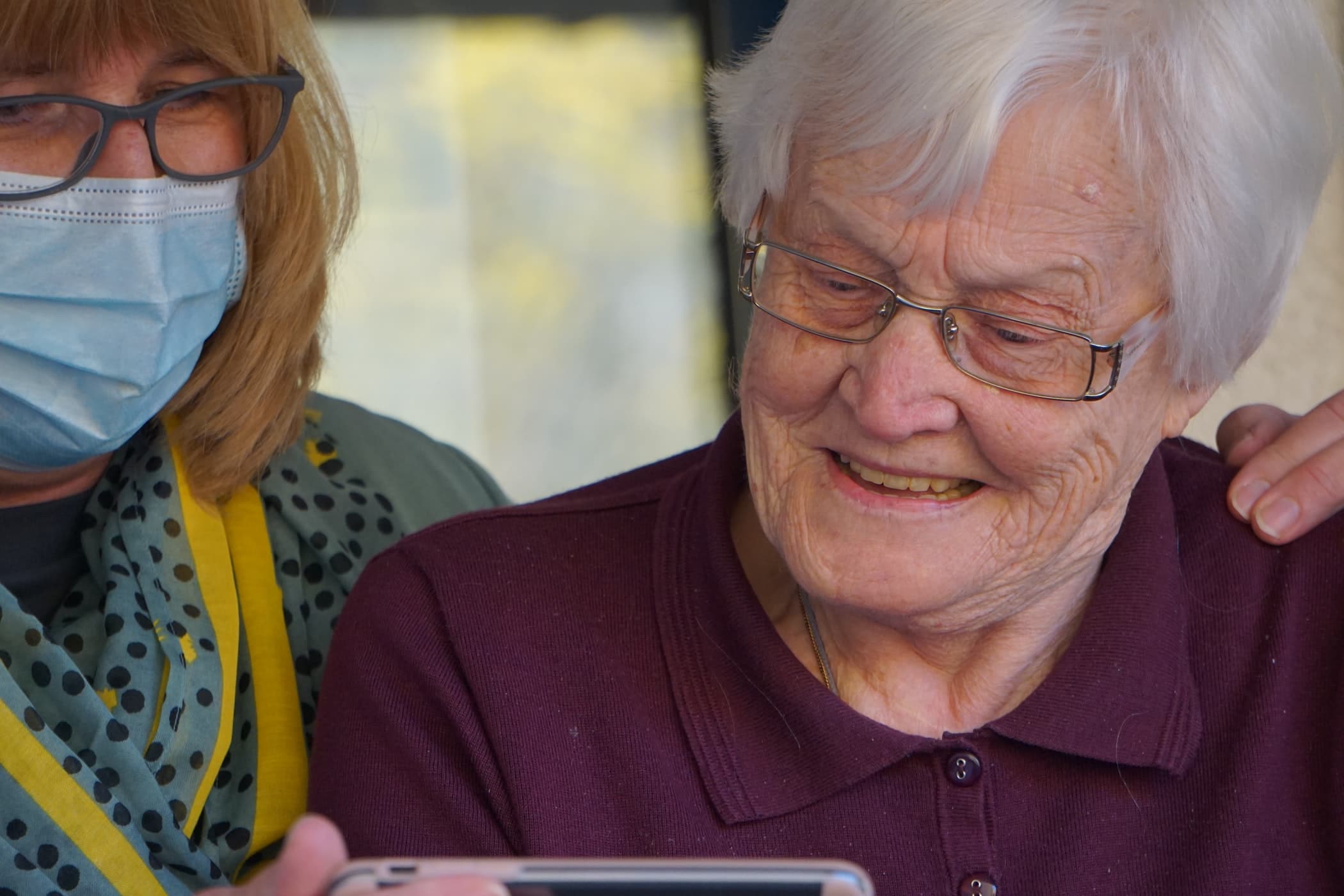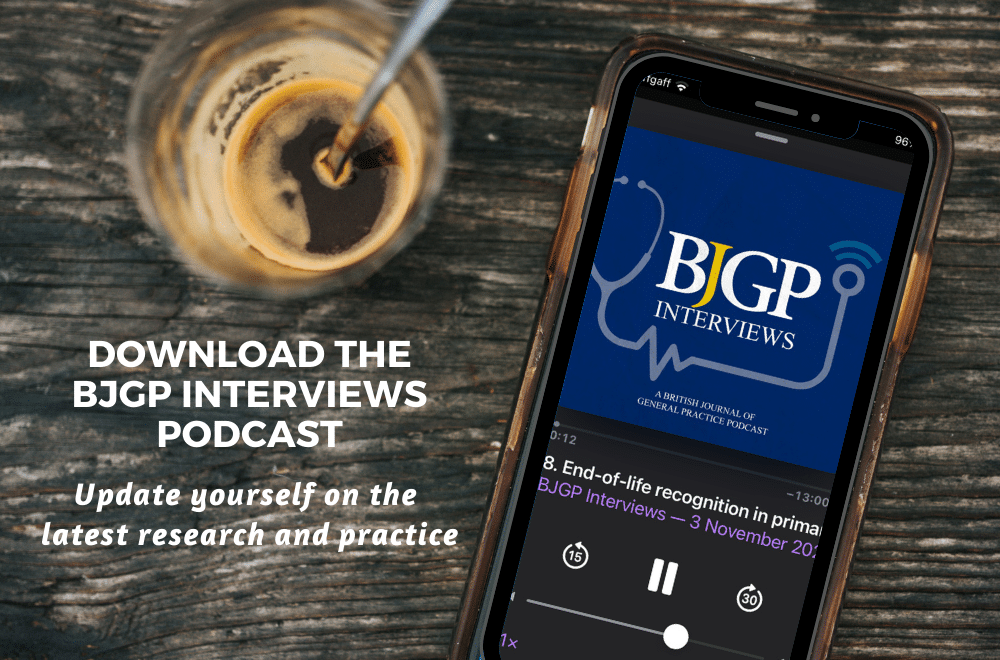Sarah Mitchell, GP, Yorkshire Cancer Research Senior Research Fellow, University of Sheffield.
Dena Khan, Patient and Public Involvement Contributor.
Catriona Mayland, Consultant in Palliative Medicine, Yorkshire Cancer Research Senior Research Fellow, University of Sheffield.
Thousands of people have died in the community during the COVID-19 pandemic, with the highest number of COVID-19-related community deaths being in care homes.1
Evidence suggests that deaths in the community are currently double what they have been in previous years.2 GPs and district nurses have provided the majority of this care, alongside colleagues from hospice and specialist palliative care services.
In the week commencing 14 September 2020, news stories criticising GPs for not seeing enough patients for face-to-face consultations upset many members of the profession. There was barely a mention of the enormous amount of work carried out by GPs to provide end-of-life care during the COVID-19 pandemic.
There are countless examples of GPs and district nurses working tirelessly through the COVID-19 pandemic to deliver the best possible end-of-life care to patients
End-of-life care is a hugely important and emotive area of practice where GPs and district nurses have a key role.
Prior to the COVID-19 pandemic multiple barriers to the effective provision of such care had already been identified, including insufficient time with patients and families, limited social care and practical support in the community, a lack of education and training for primary care staff, and inconsistent access to both community nursing and specialist palliative care services.3
Epidemics and pandemics are associated with increased numbers of deaths. Through the COVID-19 pandemic, GPs and district nurses have addressed a vast range of new challenges in community end-of-life care, including new symptom profiles,4 changes in the conduct of consultations with the need for personal protective equipment, and an increased number of consultations conducted by telephone or video-conference.5
There are growing concerns about complex bereavement among family members and the need for support for colleagues, including care home workers.
There is a stark lack of pre-existing research into the role and response of primary healthcare services in the provision of end-of-life care in the community through pandemics. Furthermore, there is little mention of end-of-life care in policy and planning documents for primary care services,6 and it has been mostly overlooked in the news.
This is a major omission. There are countless examples of GPs and district nurses working tirelessly through the COVID-19 pandemic to deliver the best possible end-of-life care to patients. We have witnessed these in our clinical practice, and have heard more in our research into community end-of-life care during COVID-19.
These are some quotes from our qualitative research:
‘It hasn’t all been bad. Lots of good has happened.’
‘Overall it is always a privilege to provide end-of-life care and more so during this pandemic. Relatives and carers have really appreciated the care and compassion shown by our community nursing team and we have had some lovely feedback’
‘I will not forget the lady who when her husband died said she would never forget the compassion in my eyes for them both. It made me both sad and proud.’
It is imperative that we capture, understand, and learn from this work, and ensure that evidence informs policy for end-of-life care through the next phases of COVID-19 and beyond.
Almost 500 GPs and district nurses have contributed to the survey so far. Please consider taking part in this important work — click here to be directed to the authors’ survey.
References
1. Office for National Statistics. Coronavirus (COVID-19): Latest data and analysis on coronavirus (COVID-19) in the UK and its effect on the economy and society. 2020. https://www.ons.gov.uk/peoplepopulationandcommunity/healthandsocialcare/conditionsanddiseases (accessed 5 Oct 2020).
2. Scobie S. Chart of the week: home deaths account for as many excess deaths since start of the pandemic as deaths in case homes. 2020. https://www.nuffieldtrust.org.uk/resource/home-deaths-now-account-for-as-many-excess-deaths-since-the-start-of-the-pandemic-as-deaths-in-care-homes (accessed 5 Oct 2020).
3. Mitchell S, Loew J, Millington-Sanders C, Dale J. Providing end-of-life care in general practice: findings of a national GP questionnaire survey. Br J Gen Pract 2016; DOI: https://doi.org/10.3399/bjgp16X686113.
4. National Institute for Health and Care Excellence (NICE) in collaboration with NHS England and NHS Improvement. Managing COVID-19 symptoms (including at the end of life) in the community: summary of NICE guidelines. BMJ 2020; 369: m1461.
5. Thornton J. COVID-19: how coronavirus will change the face of general practice forever. BMJ 2020; 368: m1279.
6. Patel MS, Phillips CB, Pearce C, et al. General practice and pandemic influenza: a framework for planning and comparison of plans in five countries. PLoS One 2008; 3(5): e2269.
Featured photo by Georg Arthur Pflueger on Unsplash



